The Galaxy platform for accessible, reproducible and collaborative biomedical analyses: 2018 update
Data and Resources
-
Open Access PDFPDF
Nucleic Acids Research
Additional Info
| Field | Value |
|---|---|
| Source | |
| Version | |
| Authors |
|
| Maintainer | |
| Maintainer Email | |
| Article Host Type | publisher |
| Article Is Open Access | true |
| Article License Type | implied-oa |
| Article Version Type | publishedVersion |
| Citation Report | https://scite.ai/reports/10.1093/nar/gky379 |
| DOI | 10.1093/nar/gky379 |
| Date Last Updated | 2019-04-02T16:28:15.280170 |
| Evidence | open (via page says Open Access) |
| Funder code(s) | National Institutes of Health (HG005542, HG004909, HG005133, HG006620); National Sleep Foundation (0850103, DBI 0543285, 1661497) |
| Journal Is Open Access | true |
| Open Access Status | gold |
| PDF URL | https://academic.oup.com/nar/article-pdf/46/W1/W537/25110642/gky379.pdf |
| Publisher URL | https://doi.org/10.1093/nar/gky379 |
